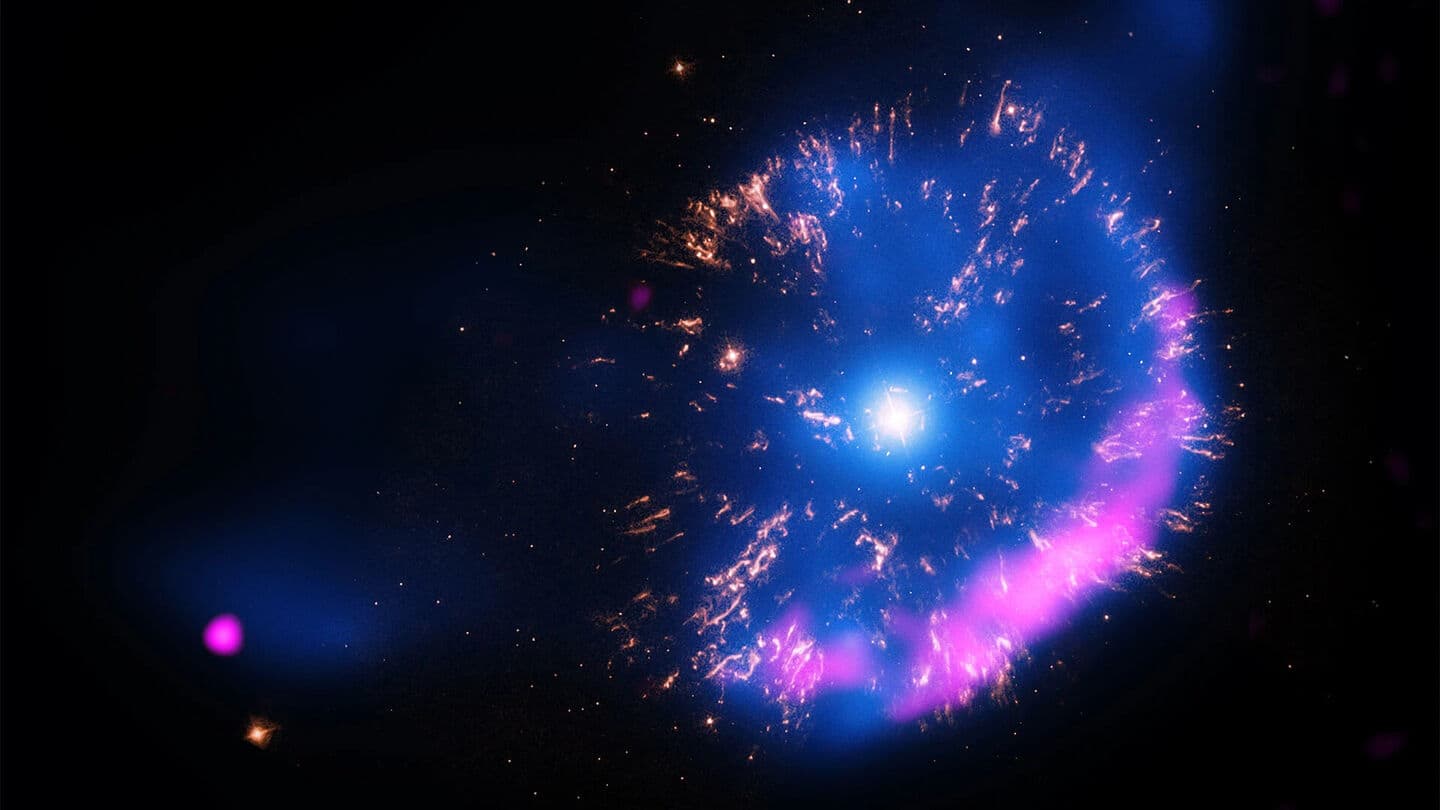
Ever seen a star explode? You can watch one tonight
What's the story
T Coronae Borealis (T CrB), a star located in the "Northern Crown" constellation, is set to explode tonight.
This rare cosmic event, occurring approximately every 80 years, has previously been recorded in 1866 and 1946.
The upcoming explosion may render the star visible to the naked eye, captivating stargazers globally.
It will be best visible from the Northern Hemisphere after dark.
Getting ready
How to watch the rare event?
First, you need to find a group of stars called Corona Borealis. Imagine a small, half-circle shape made of stars.
This group is located in the sky between two bigger groups of stars named Hercules and Boötes.
The easiest way to find Corona Borealis is to use a stargazing app (SkyView Lite, Star Walk 2, Stellarium Mobile etc.) on your phone.
Just search for "Corona Borealis" in the app, and it will direct you where to look in the sky.
Visibility
Now, look for a really bright star in the constellation
Once you've located the general area of Corona Borealis, carefully examine the stars within that small arc.
Normally, the stars in this constellation are relatively faint. When T Coronae Borealis undergoes its nova explosion, it will appear as a noticeably bright, new star.
It could be as bright as the North Star (Polaris), which is quite prominent in the night sky.
According to predictions, T CrB should become bright enough to be seen with the naked eye.
Stellar composition
T CrB's binary star system and explosion
The T CrB system is made up of a red giant star, which is cooling and expanding as it ages and ejecting material, and a white dwarf star that has run out of fuel.
The white dwarf slowly accumulates material from the red giant, resulting in a thermonuclear explosion.
This explosion makes the usually dimmer star visible from Earth with its rapid and dramatic increase in brightness.
Monitoring efforts
Astronomers closely monitor T CrB for nova explosion
Franck Marchis, an astronomer at the SETI Institute and Unistellar, said careful observation of T CrB has shown variability suggesting the star is preparing for an explosion.
However, he stressed that predicting when this would happen still remains impossible.
The next potential dates for the T CrB explosion are November 10, 2025, or June 25, 2026, according to Research Notes from the American Astronomical Society.
Best tips
Important reminders for tonight's viewing
If T CrB is slightly fainter than expected or if it starts to fade, binoculars will likely help you spot it for a longer period and in more detail, possibly over a week.
Just wait until it gets properly dark in your region. Try to find a location away from bright city lights if possible, as this will improve your chances of seeing fainter objects.
Give your eyes some time to adjust to the darkness for better viewing.